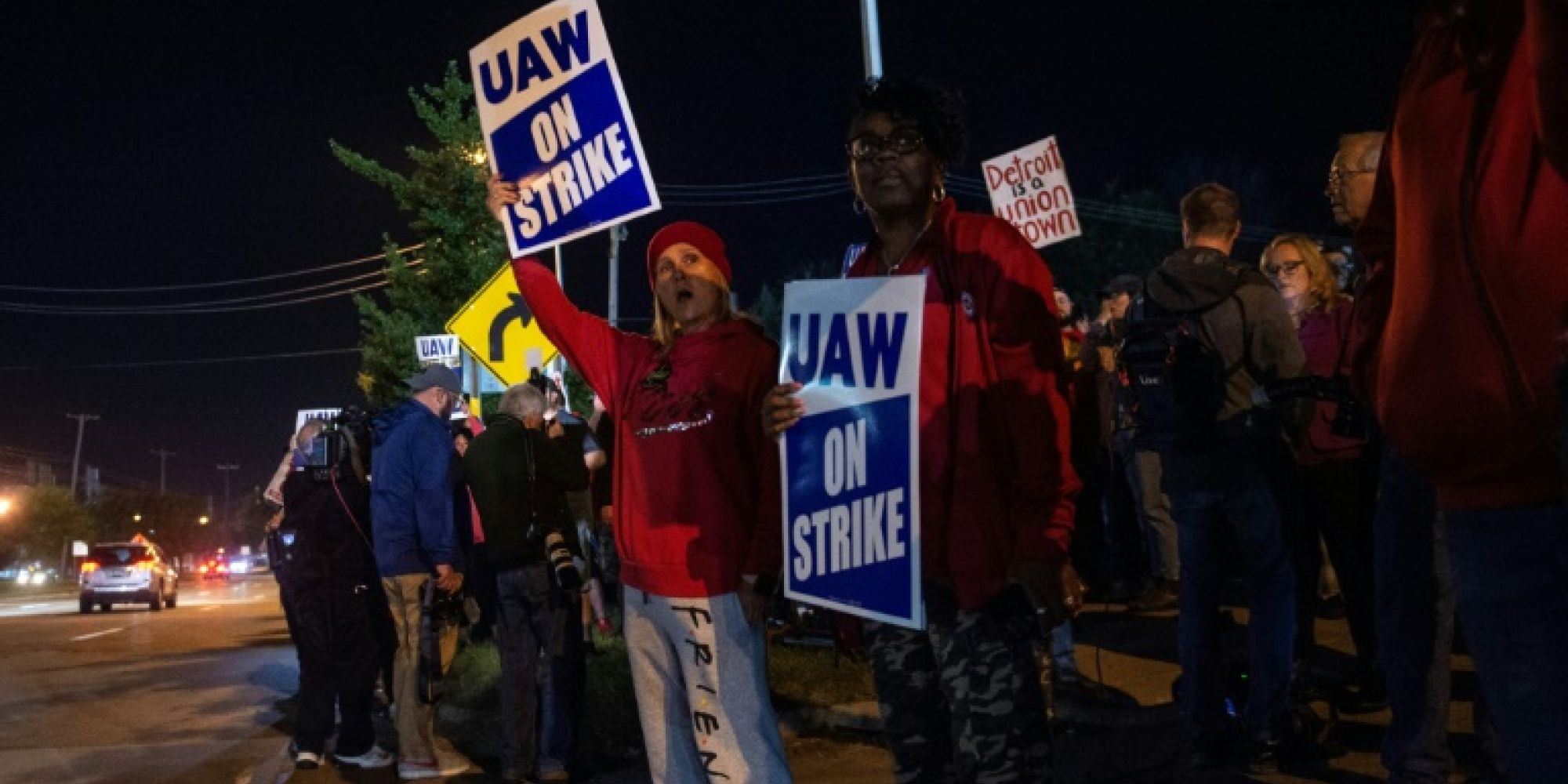Triggering Factors for the Autoworkers’ Strike
Rooted in a plethora of longstanding grievances, the decision to strike was not made lightly. The primary issues driving the autoworkers’ protest encompass job security, wage stagnation, long working hours, and healthcare provision. Despite increased profitability following bailouts during the 2008 financial crisis, the Big Three have failed to adequately share these gains with their employees. In their view, the companies have prioritized shareholders at the expense of dedicated staff who have worked tirelessly to ensure production continuity in challenging times.
A Rare Show of Solidarity
Given the dispersed nature of the auto industry’s labor force, carrying out a coordinated strike of this magnitude is no small feat. It demonstrates solidarity amongst blue-collar workers across different production lines, factories, and even across state borders. This collective action sends a loud, clear message to the Big Three: their workforce demands respect and fair compensation for their contributions.
Impact on US Auto Industry
The strike will undoubtedly have a significant impact on the US auto industry. As production line machinery grinds to a halt, the delivery of new vehicles will cease, causing ripple effects throughout the supply chain. Furthermore, with no workers to operate the machinery, maintenance tasks cannot be carried out, leading to potential long-term harm to the physical assets of these firms.
Negotiations and Future Aspects
As negotiations carry on behind closed doors, the effects of the strike continue to spread, and the world watches in anticipation. Will the Big Three address these long-standing grievances or continue on their current trajectory at the risk of further augmenting worker discontent? Who will make concessions, if any? These key questions still need answers, all the while emphasizing the potential impact of collective worker action on shaping the future of labor relations in the auto industry.
In conclusion, this historic moment underscores the power of workers’ solidarity when demanding fair treatment from their employers. It serves as a sobering reminder to the Big Three—and perhaps corporations in general—about the importance of upholding workers’ rights, providing adequate compensation, and fostering a work environment that respects and values their contributions. Finally, One thing is apparent: in unity, there is strength, and the American autoworkers have decisively demonstrated this.




